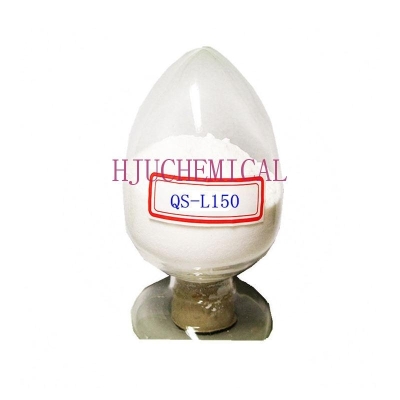-
Categories
-
Pharmaceutical Intermediates
-
Active Pharmaceutical Ingredients
-
Food Additives
- Industrial Coatings
- Agrochemicals
- Dyes and Pigments
- Surfactant
- Flavors and Fragrances
- Chemical Reagents
- Catalyst and Auxiliary
- Natural Products
- Inorganic Chemistry
-
Organic Chemistry
-
Biochemical Engineering
- Analytical Chemistry
-
Cosmetic Ingredient
- Water Treatment Chemical
-
Pharmaceutical Intermediates
Promotion
ECHEMI Mall
Wholesale
Weekly Price
Exhibition
News
-
Trade Service
· Provide solutions to current challenges facing the plastics industry
· Provide solutions to current challenges facing the plastics industry· Four different scenarios have been identified
· Four different scenarios have been identified· Additive masterbatch is the key
· Additive masterbatch is the key15 July 2019 - As part of Clariant's plan to build a more sustainable plastics industry, the Packaging Markets division of the Clariant Masterbatches business unit is working to help brand owners and packaging producers achieve a more environmentally friendly packagi.
· Development of highly recyclable packaging materials
· Create easily reusable plastic packaging
· Support the use of bio-based polymer materials
· Increased acceptance of compostable packaging
Alessandro Dulli, Director, Global Packaging Business Chain, Masterbatches, Clariant, said: “Plastic packaging is an important resource for brand owners and a safeguard to deliver products in their best condition to consume.
recyclable design ideas
recyclable design ideasToday, a large amount of plastic waste has been recycled and re-entered the market in new packagi.
· New oxygen-scavenging additive masterbatch reduces the need for multi-layer, multi-material packaging to extend product shelf li.
· Dark plastics made with CESA®-IR additive masterbatches can be identified by near-infrared (NIR) sensors of polymer sorting systems, improving the recycling efficiency of dark plasti.
· Innovative liquid masterbatches reduce the carbon footprint of complex logistics and large inventori.
· Additives such as chain extenders, odor control technologies and brighteners improve the quality and marketability of recycled plastic materia.
reuse
reuseAlessandro Dulli pointed out: "As long as all plastic packaging can be reused, the amount of waste material can be halved immediate.
Currently, most packaging is designed with the idea that the product will end its useful life as soon as it is deliver.
Improve the durability and scratch resistance of plastics
Reduced tendency for material to yellow over time
Inhibits degradation due to washing and disinfection
· Protection against fading and other aesthetic losses
Control stress cracking and brittleness
Using custom labs, such as Clariant's ColorWorks™ lab network, Clariant co-creates solutions with customers to develop and test materials in simulated aging environments to determine their useful li.
Bio-based polymers
Bio-based polymersBio-based polymers, often referred to as bioplastics, are made from renewable materials rather than fossil materials such as oil or natural g.
compostable polymer
compostable polymerCompostable polymers like polylactic acid (PLA) and polyhydroxyalkanoates (PHA) are more likely to degrade over time than non-compostable plastics and are often seen as a potential solution to the littering problem sche.
Clariant is working to further improve the longevity (which is already doing well) and aesthetics of bio-based polymers such as PLA, as well as maintain and enhance the brand image through a range of vibrant colo.
Alessandro Dulli said: “At Clariant, we imagine the future, drive sustainable development and develop practical solutions to the many challenges we fa.
To find out more about Clariant's support for the circular economy of plastics through sustainable innovation and collaboration, you can join Clariant's "Symphony of Collaboration" media event during K 2019 face-to-face communication with relevant responsible persons and partne.
Clariant's Masterbatches business unit has launched a new program to improve the sustainability of plastic packagi.







